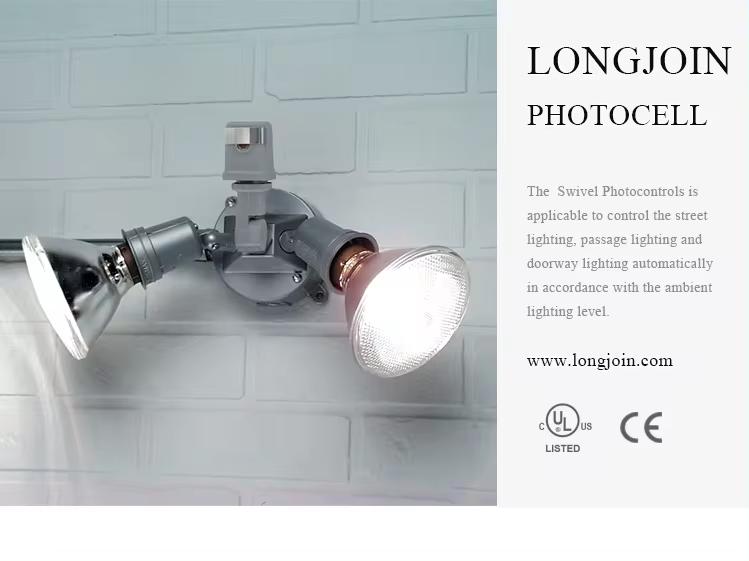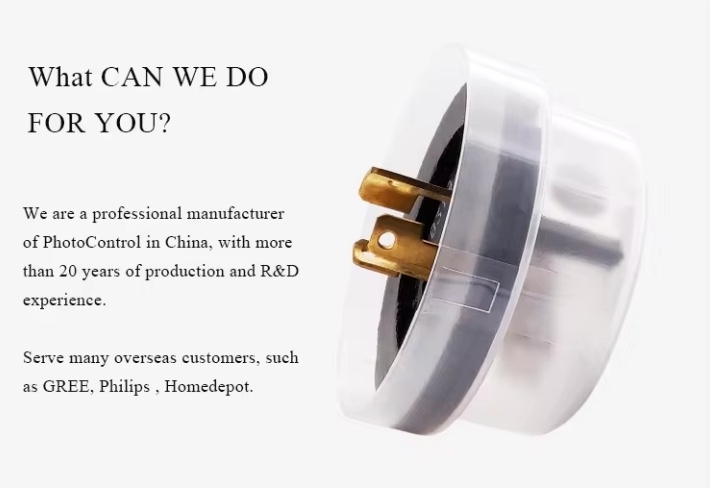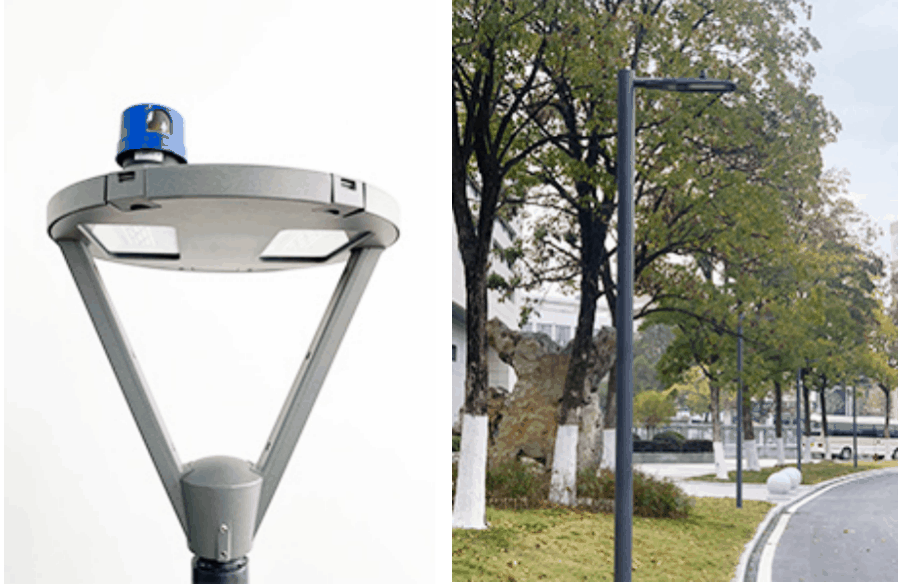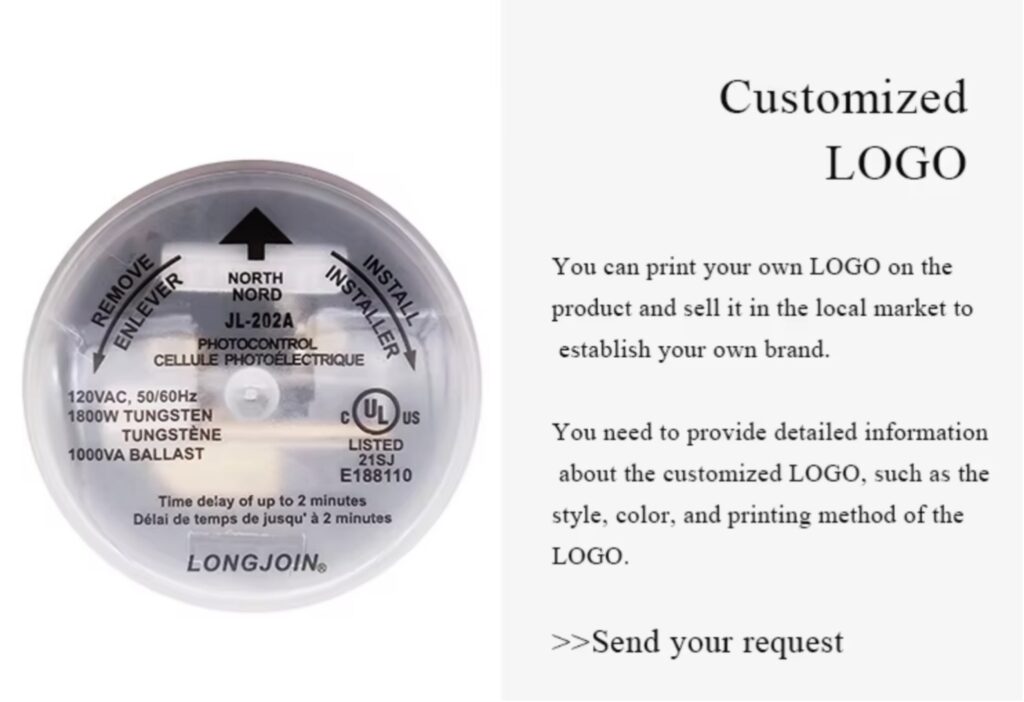Outline
- Introduction
- What’s Wrong with Old-School Photosensors?
- How Did Long-Join Turn Customer Trust Into Its Core Business Model?
- Can Photocell Switches Really React in Milliseconds—and Why Does It Matter?
- How Does Long-Join Deliver Industrial Strength at a Consumer Price?
- What Happens When Smart Lighting Solves Real Problems?
- How Is Long-Join Turning Streetlights Into Intelligent City Networks?
- What’s Next for Lighting—and How Is Long-Join Leading the Way?
- The Bottom Line
Over twenty years ago, a flickering streetlight sparked a question. Why do lights waste energy by glowing brightly during empty late-night streets, but fail to respond on overcast days? That simple frustration exposed a much bigger problem—outdated light sensor technology. It led to the birth of Long-Join Electronics. The goal was clear: make lighting smarter, more responsive, and built for real-world urban needs. Since then, we’ve reimagined how cities stay bright, efficient, and people-focused.

What’s Wrong with Old-School Photosensors?
- Outdated mechanical switches are still common.
They rely on simple photo-resistors driving mechanical relays. These fail frequently due to wear, moisture, and dust.
- Delayed response times waste energy.
Light switches can take minutes to react at dusk and dawn, letting lights burn during broad daylight and stay off under cloud cover. That’s inefficient and unreliable.
- High maintenance rates hit budgets hard.
Typical repair costs range from $50 to $120 per incident. In San Francisco, streetlight maintenance averages $30 annually per lamp and $144 for high-wattage units.
- Short lifespans increase replacements.
Mechanical photo controllers usually survive only 3–5 years before failing.
- Safety risks skyrocket when lights fail.
Lights stuck off or on during the day lead to poor visibility. Streetlighting can make up over 40% of a city’s energy bill. Inefficient sensors inflate the cost while compromising public safety.
Here is a comparison table between traditional mechanical photocells and long-Join digital light sensors.
| Feature | Mechanical Photocells | Long-Join Digital Light Sensor |
| Switching Mechanism | Bimetallic mechanical switch | Solid-state sensor & MCU |
| Average Response Time | 5–10 seconds | <1 millisecond |
| Sensitivity to Cloudy Conditions | Poor | High |
| Lifespan | 2–3 years | 8–10 years |
How Did Long-Join Turn Customer Trust Into Its Core Business Model?
Long-Join believes lasting success isn’t built on margins alone. It’s built on trust, earned through reliable performance and honest design.
The company doesn’t follow market fads. Instead, it solves real problems faced by customers. That’s why we focus on product reliability in the real world, not just in our lab. Customer feedback shapes every iteration, because your challenges are our blueprint.
When we say “profit is good, but trust is better,” we mean it. Because a satisfied customer returns. A trusted brand stays.
Can Photocell Switches Really React in Milliseconds—and Why Does It Matter?

Traditional photo controllers react slowly. LongJoin changed that with our in-house sensor technology. Now their sensors respond within milliseconds. Lights turn on the moment dusk hits—no more waiting. They shut off precisely at dawn, even through light fog or heavy clouds.
This isn’t guesswork. It’s calibrated accuracy—tested across varied environments. The result? Over 40% improvement in energy efficiency, verified in municipal field trials. That’s fewer wasted hours of light and lower utility bills for cities.
Smart sensing isn’t just faster. It’s sharper, cleaner, and built for unpredictable weather. Here is a table comparing the dusk-to-dawn photocell reaction accuracy, traditional, and Long Join sensor.
| Environment Condition | Traditional Photocells | Long-Join Smart Sensors |
| Clear Morning | Turns off in 6–10 sec | Turns off in <1 sec |
| Overcast Afternoon | No response or delay | Immediate dimming |
| Foggy Dusk | Fails to activate | Activates in <2 sec |
| Sudden Shadow Movement | No response | Adaptive delay control |
How Does Long-Join Deliver Industrial Strength at a Consumer Price?
LongJoin refused to choose between quality and price. Instead, it built both into one product.
Their light sensor switches deliver industrial-grade performance at consumer-level pricing. How? Through modular design and streamlined manufacturing. Every component is optimized for mass production. No complexity, no waste—just smart engineering at scale.
This approach cut costs without cutting corners. And it paid off:
- Product lifespan jumped from 3 to 10 years.
- A 70% reduction in replacement frequency.
- For customers, that means over 50% saved in maintenance budgets.
- Fewer service calls.
- Fewer disruptions and long-term peace of mind.
What Happens When Smart Lighting Solves Real Problems?
U.S. Case: Manufacturing Losses Erased
Before upgrading, a U.S. LED streetlight manufacturer faced high photocell failure rates (~18% annually in Mesa, AZ), driving maintenance costs, and lost uptime.
After switching to high‑precision, durable LED street light photocell controllers, they slashed energy and upkeep costs, saving over $5.6 million over 20 years in one city alone. That turnaround converted annual losses into long‑term value.
Brazil Challenge: Resilience After a Typhoon
Brazilian towns near the coast often suffer grid surges during storms. Traditional controllers frequently died, leaving streetlights dark for days during and after typhoons.
Long‑Join’s adaptive street light controller, rated for 90–305 V and with surge protection, withstood these conditions. Cities reported 62% fewer outages and restored lighting within hours, far faster than legacy systems.
Impact That Counts
- U.S. cities reduced annual costs by millions via improved reliability and reduced replacements.
- Coastal towns maintained lighting through storms.
- Field teams gained efficiency, safety, and cost savings.
- Technicians in Brazil praise our Zhaga-compliant modular design.
- No more climbing poles for full replacements—only quick module swaps.
- A safer, faster, and more labor cost-effective solution.
How Is Long-Join Turning Streetlights Into Intelligent City Networks?
LingJoin integrated ZigBee and NB-IoT directly into our controllers. Why? Because lighting should talk back. With wireless protocols, cities gain full remote access. One dashboard. Thousands of lights. Managed in real time.
Fault detection now takes under five minutes. Technicians receive instant alerts—no more waiting for citizen reports. Outages are located, classified, and queued for service—all automatically. That means faster repairs and less downtime.
This isn’t just about lights. It’s about turning static infrastructure into smart, responsive systems. Long-Join’s IoT-enabled photocells are building blocks for smart cities. Lighting becomes dynamic—adapting to real conditions, saving energy, and keeping streets safer. Here is a table outlining various IoT protocols used in Long-Join controllers and their benefits.
| Protocol | Communication Type | Range | Power Usage | Key Benefit |
| ZigBee | Mesh | 10–100 meters | Low | Self-healing, scalable network |
| NB-IoT | Cellular (LPWAN) | Up to 10 km | Ultra-low | Excellent for remote locations |
| LoRaWAN | LPWAN | 2–15 km | Low | Long-range + minimal interference |
What’s Next for Lighting—and How Is Long-Join Leading the Way?
Long-Join’s journey started with a single frustrating streetlight. Today, it fuels innovation in cities across the globe. The company is not stopping at better photocells. It’s building systems that adapt, communicate, and last.
Next?
- Smarter AI-based light behavior.
- More sustainable components.
- Deeper integration with smart city ecosystems.
LongJoin believes that to truly serve the public, lighting must do more than just turn on and off. It must think, respond, and evolve. At Long-Join, we’re lighting the way forward—one smart controller at a time.

The Bottom Line
Long-Join started with a simple idea—make lighting smarter and more human-centered. Today, it powers cities with precision, durability, and innovation. For those ready to upgrade, Chi-Swear offers trusted access to genuine Long-Join photocells—reliable, proven, and built to last.
External Links
- https://www.zhagastandard.org/index.php?option=com_content&view=article&id=340:zhaga-enables-iot-upgradeable-outdoor-led-lighting-fixtures&catid=22
- https://en.wikipedia.org/wiki/Zigbee#:~:text=A%20Zigbee%20module,with%20radios%20and%20with%20microcontrollers.
- https://en.wikipedia.org/wiki/Narrowband_IoT
- https://en.wikipedia.org/wiki/LoRa






